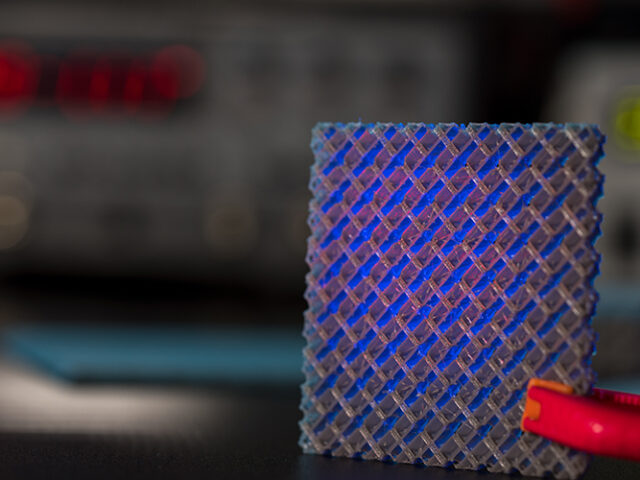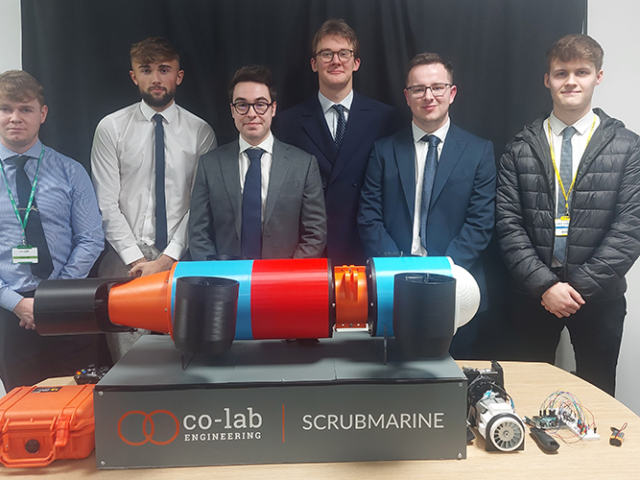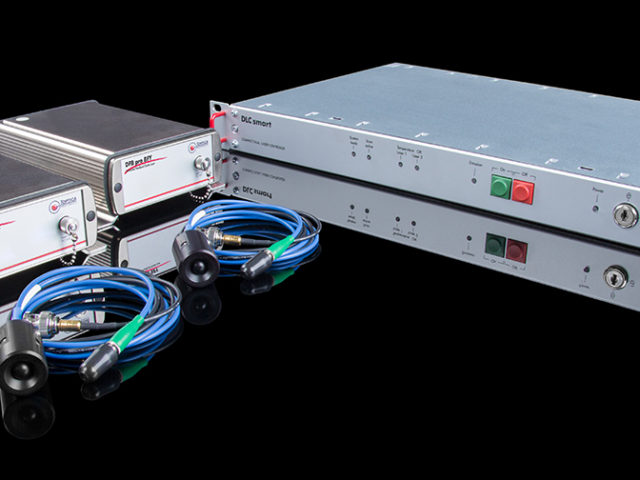Self-driving cars, the automatic detection of cancer cells, online translation: deep learning makes it all possible. The ETH spin-off Mirage Technologies has developed a deep learning platform that aims to help start-ups and companies more quickly develop and optimise their products.
The name has a fairytale feel to it, with its reference to mirages and the suggestion of illusion. The idea behind the name: “Anything you see in the virtual world might not be real.” That’s what ETH electrical engineering graduate Igor Susmelj (27) says, referring to manipulated images or videos on social networks and platforms such as YouTube that are sold to us as disconcertingly genuine-looking realities.
His mission to clear up what exactly is real was a key part of how his start-up began. During the HackZurich programming competition in 2018, Susmelj and three fellow students presented a web application for detecting fake videos. “Deepbusters” went on to receive first prize. This seemed to pave their way to independence for the group – they travelled through the US and met with a great deal of interest there, including from the media. However, it quickly became apparent that this kind of platform was not going to make much money. So they adjusted their business model.
Pre-programmed AI modules
With his Deepbusters colleague Heiki Riesenkampf, an ETH computer scientist, Susmelj founded the start-up Mirage Technologies in September 2018. It is based on the same expertise in machine learning that they demonstrated with Deepbusters. Mirage promises new deep learning models that are easy to use. The ETH spin-off provides developers with pre-programmed and trained “rockets” – computer scientists call these models. Models are divided into families, each of which can be used for specific issues such as object recognition or the super resolution of images, a method to enlarge low-resolution images.
Credit: “Deep learning, prefabricated”, Martin Bornhauser, ETH Zurich




